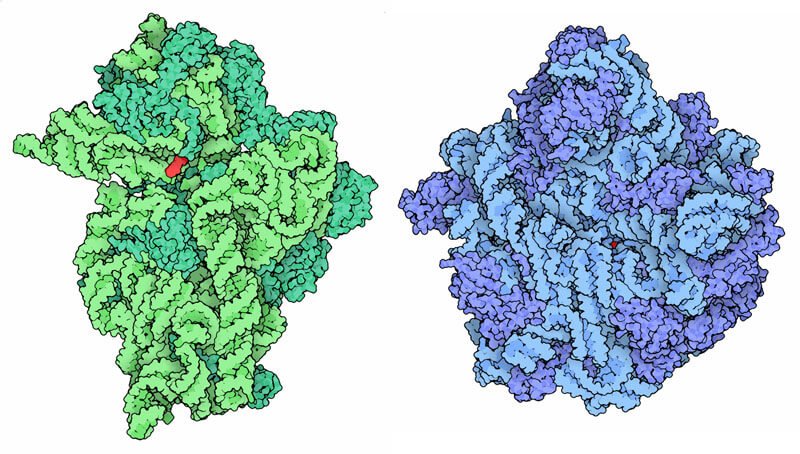All living things on Earth are built from proteins created from the same 20 chemical units, called amino acids. Now, scientists at the Medical Research Council’s Laboratory of Molecular Biology, Cambridge, are getting closer to developing polymers composed of new amino acids.
…
While industrial methods assemble simple chemical units to make polymers, like stringing beads on a thread, the ribosome shuffles the 20 basic amino acids to sculpt elaborate 3D proteins such as enzymes, molecular machines, light sensors and more inside living things. [Jason] Chin’s work paves the way for an engineered ribosome that could assemble a much larger repertoire of amino acids into molecules that, with tens of thousands of amino acids and millions of atoms, could rival the size and complexity of anything in nature.
…
One potential application could be in a new kind of gene therapy, where an orthogonal ribosome is implanted in a patient to expand the repertoire of drugs to treat disease.
While conventional synthetic drugs are small molecules that are quickly cleared from the body, and GM versions of natural proteins can be chewed up by the body’s immune system, orthogonal ribosomes could mint polymers with precise and long-lasting effects.
Read full, original post: Weird synthetic proteins could let us build new kinds of life































